Approximately $2.3 billion and euros have continued to flow into Russia since the U.S. and EU banned cash exports to the country in March 2022 in response to Moscow's special military operation in Ukraine, Reuters reported on August 12.
Citing previously unreported customs data, the news agency reported that Russia has successfully circumvented sanctions on cash, demonstrating that the USD and Euro remain useful tools for trade and tourism .
Customs data obtained by Reuters shows that a quantity of cash was transported to Russia from countries that do not impose trade restrictions on Moscow, such as the UAE and Türkiye. The country of origin of the remaining cash was not specified in the data file.
Last December, Washington threatened to sanction financial institutions that help Russia circumvent sanctions and has imposed sanctions on companies from third countries throughout 2023 and 2024.
The Chinese yuan has surpassed the US dollar to become the most traded foreign currency in Moscow, although significant payment issues remain.

A view of the Kremlin with the Spasskaya Tower and St. Basil's Cathedral in Moscow, Russia. Photo: Sputnik.
Dmitry Polevoy, investment director at Astra Asset Management in Russia, said many Russians still want to have foreign currency in cash for overseas travel, as well as for small imports and domestic savings. "For individuals, the USD remains a reliable currency," Polevoy said.
The Central Bank of Russia (CBR) and the Office of Foreign Assets Control (OFAC) of the U.S. Treasury Department , which handles sanctions, did not respond to requests for comment.
Russia began labeling the USD and Euro as "poisonous" currencies in 2022 when comprehensive sanctions hampered Moscow's access to the global financial system, thereby hindering payments and trade. Approximately $300 billion of the Russian Central Bank's foreign exchange reserves in Europe were frozen.
A spokesperson for the European Commission (EC) said they could not comment on individual cases of sanctions. The spokesperson also said the European Union (EU) would cooperate with third countries when there was suspicion that sanctions were being circumvented.
Reuters stated that the customs records it accessed covered the period from March 2022 to December 2023, and that it could not access more recent data.
Documents show a surge in cash imports just before the Russia-Ukraine conflict erupted. From November 2021 to February 2022, $18.9 billion and Euros in cash entered Russia, compared to just $17 million in the previous four months.
Daniel Pickard, head of international trade and national security practice at the US law firm Buchanan Ingersoll & Rooney, said the surge in pre-conflict transactions suggests that some Russians may be looking to hedge in case sanctions are imposed.
Immediately after the war in Ukraine began, the Russian Central Bank quickly restricted the withdrawal of foreign currency by individuals to support the ruble. Data shows that only $98 million in cash and euros were withdrawn from Russia from February 2022 to the end of 2023. Conversely, foreign capital inflows were much higher.
According to Ukrainska Pravda, a previous investigation by journalists revealed that drones, computer processors, GPS devices, memory cards, and other dual-use goods continue to be supplied to Russia via Georgia, despite the Tbilisi authorities claiming to have closed loopholes to circumvent Western sanctions.
In recent months, the West has increasingly focused on closing the loopholes that allow Russia to continue evading sanctions.
Minh Duc (According to Reuters, Ukrainska Pravda)
Source: https://www.nguoiduatin.vn/nga-thanh-cong-ne-trung-phat-van-nhap-khau-hang-ty-usd-euro-tien-mat-204240812205835975.htm





![[Photo] Prime Minister Pham Minh Chinh holds a phone call with the CEO of Russia's Rosatom Corporation.](/_next/image?url=https%3A%2F%2Fvphoto.vietnam.vn%2Fthumb%2F1200x675%2Fvietnam%2Fresource%2FIMAGE%2F2025%2F12%2F11%2F1765464552365_dsc-5295-jpg.webp&w=3840&q=75)











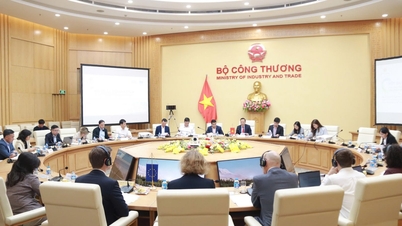




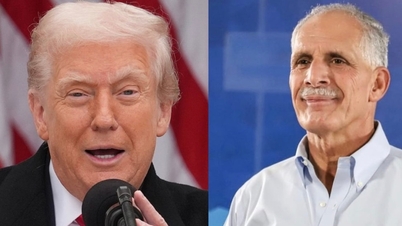
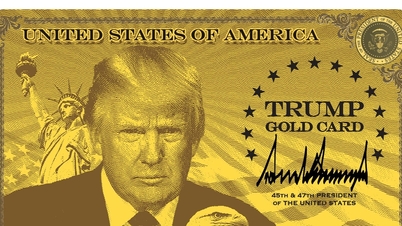
































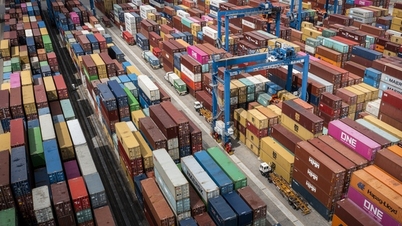





















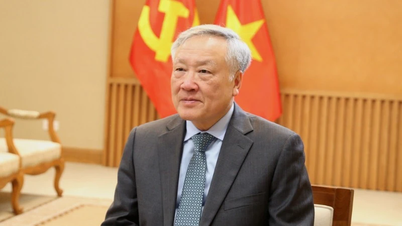










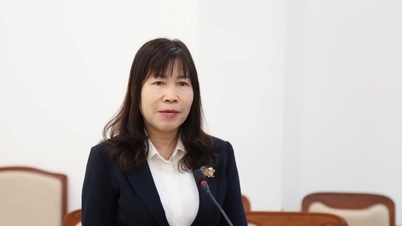





















Comment (0)